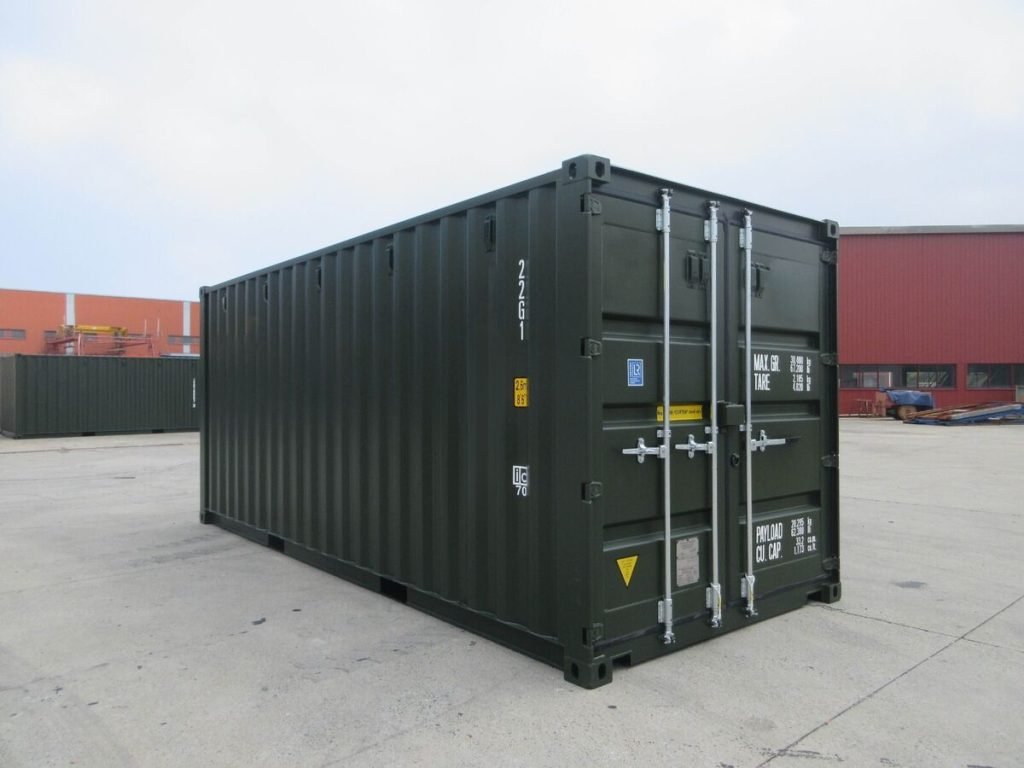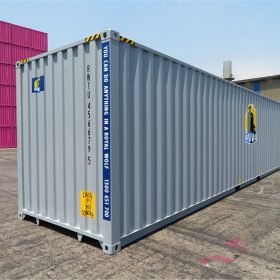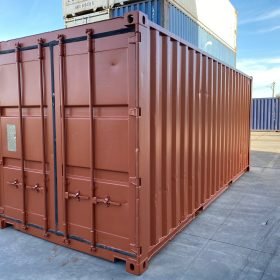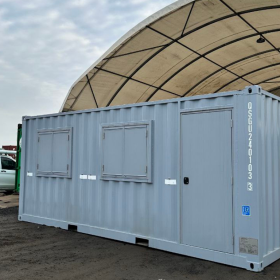Shipping Container Renovations: Common Pitfalls and How to Avoid Them
Shipping container renovations have surged in popularity as people seek sustainable, cost-effective, and unique spaces for homes, offices, and even pop-up stores. While transforming a shipping container into a livable or functional space offers many benefits, it’s not without its challenges. Many first-time renovators encounter common pitfalls that can lead to costly mistakes, delays, or safety concerns. To help ensure your shipping container renovation project goes smoothly, let’s explore these common pitfalls and how to avoid them.
1. Choosing the Wrong Container
One of the first and most crucial steps in shipping container renovations is selecting the right container. Containers come in various sizes and conditions, and making the wrong choice can set the project back before it even begins. Some renovators opt for the cheapest container they can find, only to discover that it’s riddled with rust, dents, or structural issues.
How to Avoid It: When purchasing a container, inspect it thoroughly. Opt for containers that are labeled “cargo-worthy” or “one-trip” as they tend to be in the best condition. While used containers may be more affordable, ensure they haven’t been exposed to harsh chemicals or extreme wear and tear. Always ask for a container’s history and, if possible, get a third-party inspection.
2. Ignoring Structural Integrity
Shipping containers are designed to withstand significant stress during transportation, but cutting into the container to create doors, windows, or larger spaces can compromise their structural integrity. Many renovators make the mistake of removing too much metal or failing to reinforce the container, leading to weakened walls and ceilings.
How to Avoid It: Before making any cuts, consult with a structural engineer who has experience with shipping container renovations. Reinforcing the areas around doors, windows, or larger openings with steel beams or columns will help maintain the container’s strength. Always have a well-thought-out design plan in place before making any structural modifications.
3. Improper Insulation
Shipping containers are made of steel, which makes them extremely efficient at conducting heat and cold. Without proper insulation, they can become unbearably hot in the summer and freezing in the winter. Many renovators underestimate the importance of insulation and either choose the wrong type or fail to account for potential condensation issues.
How to Avoid It: Consider the climate where your container will be located and choose insulation accordingly. Spray foam insulation is a popular choice for its ability to cover awkward spaces and prevent condensation. You can also explore other options like rigid foam board or fiberglass. Make sure to include a vapor barrier to avoid moisture buildup inside the walls, which can lead to rust and mold.
4. Poor Ventilation and Airflow
Shipping containers are essentially large metal boxes, and without proper ventilation, the interior can quickly become stuffy and uncomfortable. Many renovators overlook the need for adequate airflow, especially if they plan to use the container as a home or office space.
How to Avoid It: Incorporate windows, vents, and exhaust fans into your design to ensure proper airflow. Installing energy-efficient HVAC systems is essential for maintaining a comfortable interior temperature, especially if the container will be used in an area with extreme weather conditions. Make sure ventilation systems are installed correctly to avoid issues like trapped humidity and mold growth.
5. Underestimating Permits and Zoning Regulations
Renovating a shipping container isn’t as simple as parking it on a plot of land and starting construction. Many renovators fall into the trap of assuming that because they’re working with a container, they don’t need permits or that zoning regulations don’t apply.
How to Avoid It: Before you begin any work, check with your local building authorities regarding the necessary permits for your project. Regulations can vary depending on the area and intended use of the container. Some regions may have restrictions on where and how shipping containers can be used. Failing to comply with local laws can result in fines or forced removal of your container.
6. Not Accounting for Utility Connections
Another common pitfall is underestimating the complexity of connecting utilities like electricity, water, and sewage to a shipping container. While it might seem straightforward, utility hookups can be complicated and expensive, especially if the container is located in a remote area.
How to Avoid It: Plan your utility needs early in the renovation process. Consult with professionals who can advise on the best ways to connect to local utility grids or, if off-grid, how to implement alternative solutions such as solar power, rainwater collection, and septic systems. Factor in these costs upfront to avoid budget overruns.
7. Overlooking Long-Term Maintenance
Many renovators are so focused on the initial design and construction that they forget about the long-term maintenance requirements of shipping container structures. Containers are durable, but they still need care to prevent rust, corrosion, and structural degradation over time.
How to Avoid It: Regular maintenance is essential to ensure the longevity of your shipping container. Apply rust-proof paint, seal any gaps or cracks, and inspect the container periodically for signs of wear and tear. If you live in a humid or coastal area, consider using marine-grade coatings to protect the container from moisture and salt damage.
8. Rushing the Design Process
Excitement often leads first-time renovators to rush through the design phase. While shipping containers provide a versatile and modular base, improper planning can result in functional issues down the line, such as poor space utilization or unworkable room layouts.






